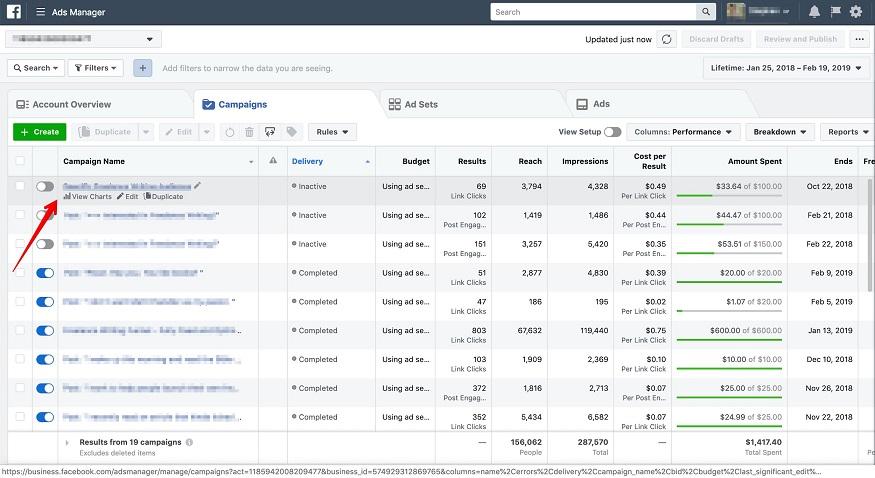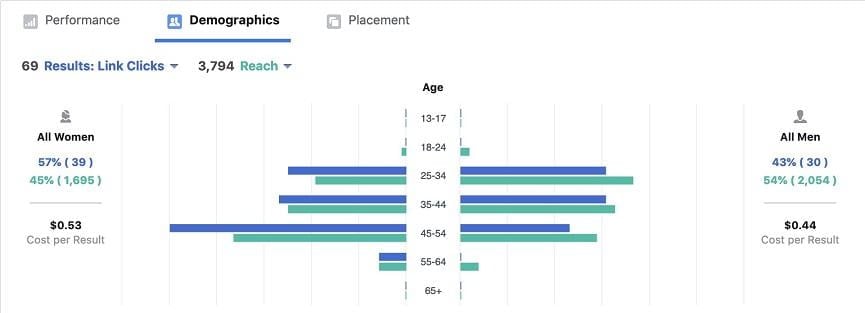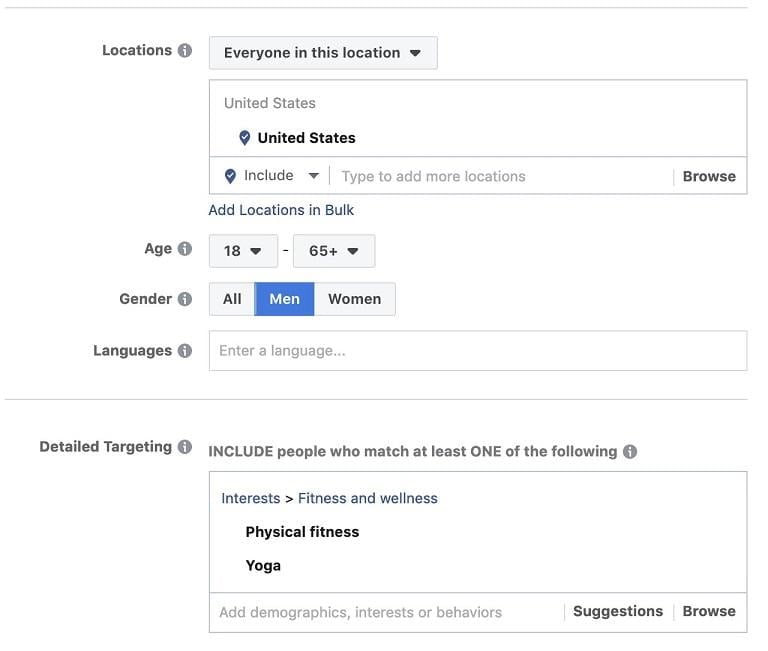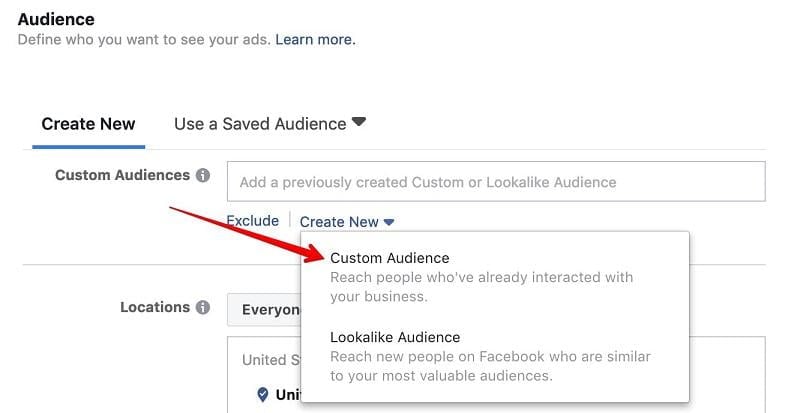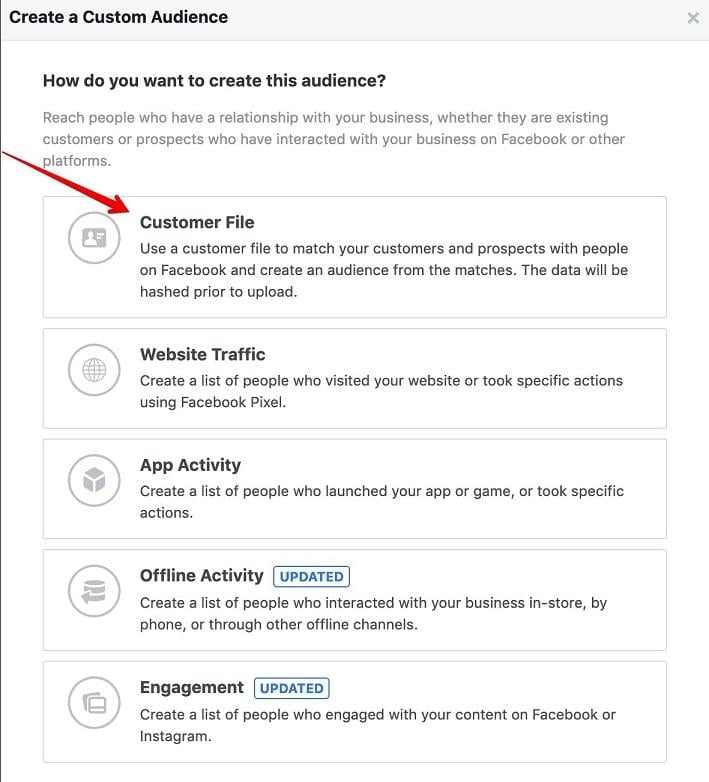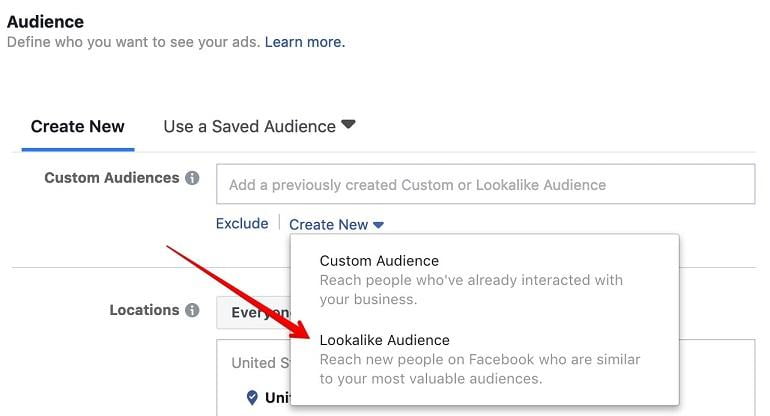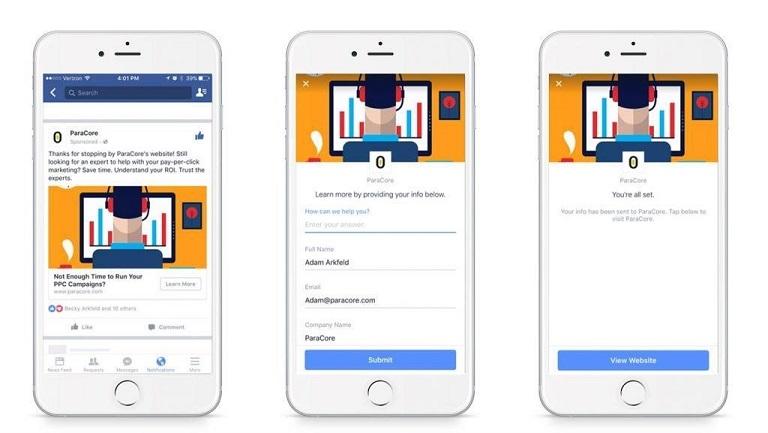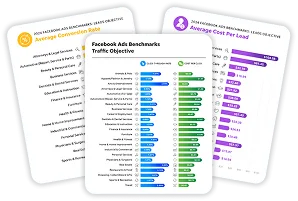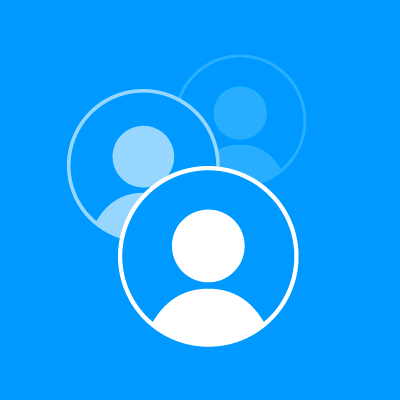
It’s no secret that Facebook ad prices are rising. While you used to be able to generate clicks for just a few cents, businesses are now paying dollars—yes, plural—in order to get a single user to click on their ads.
This, in turn, has raised the cost of B2B lead generation, which then increases over cost per acquisition (CPA).
Businesses find themselves between a rock and a hard place. Do they simply pay more for leads, or do they abandon PPC altogether and try more organic strategies?
Thankfully, there is a third option. Instead of abandoning PPC and Facebook ads altogether, start to optimize for maximum ROI. In other words, don’t spend more, spend smarter.
How exactly do you spend smarter? Here are five ways you can start spending smarter and cutting your Facebook ads cost per lead.
1. Find your best performing demographics for Facebook ads
If you’ve run a few Facebook campaigns, then you have access to a treasure trove of data that can help you drastically cut down on your ad costs. Specifically, you can learn which demographics your ads perform best with and then double down on that particular audience.
To find out how your ads performed across various demographics, go to the Ads Manager section of your page and click on “View Charts.”
From there, you can see how your ad performed by gender and across various age groups.
Once you’ve identified the demographics that performed best, you can narrow your audience to only include those demographics. This keeps you from wasting money on people who have already demonstrated that they’re not particularly interested in your offer.
One quick side note: When evaluating how your ad performed across demographics, ask yourself the critical “why?” question. In other words, why did your ad perform well with one group and poorly with another? The answer to this question can help you further refine your ads so that they resonate with your target audience.
For example, let’s say you’re a SaaS company trying to acquire more users. When you look at the results of your Facebook ad, you see that it performed poorly with men over the age of 55.
Asking why allows you to drill down into this further. It may be that your ad creative resonated more with a younger demographic or that men over the age of 55 simply aren’t interested in adding new technology to their lives. Armed with this information, you can stop advertising to that particular demographic and focus on those most likely to adopt your product. This will allow you to cut your costs on Facebook, as you will be focusing your budget on your best performing demographics while discarding the average and below-average ones.
Related: How Much Do Facebook Ads Cost in 2021? (+Ways to Save)
2. Simplify your landing page
Few things hurt lead generation more than an overly complicated landing page. Generally speaking, the simpler and clearer your landing page, the higher your conversion rate will be. The more cluttered and complex it is, the fewer people will opt in.
So how can you create a simple, yet highly effective landing page? Here are some recommendations:
- Ensure that your landing page has only one goal—namely, generating leads. Every item on the page should contribute to that goal. If you try to accomplish more than one thing on a landing page, your conversion rate will significantly fall.
- Only ask for the minimum amount of information necessary. If you only need their email address, don’t ask for the first name. If you need their phone number but not address, just ask for the phone number. The more fields you include on a landing page, the more cognitive friction you create and the lower your conversion rate will be.
- Have a single call to action on the page. If you want visitors to enter their email address in exchange for a free report, only ask them to enter their email. Don’t try to get them to also click on a link.
- Simplify your copy. Make sure you’re using headers, bullets, and plenty of white space. Generally speaking, your copy should be easily skimmable and without large blocks of text.
- Keep all important information above the fold. The visitor might not scroll down to see important information at the bottom of the page, so include priority content at the top.
When designing your landing pages, always focus your visitors on the prize: lead generation. Eliminate anything that runs counter to that goal. By designing more focused landing pages, you will be able to generate more leads with the same traffic, effectively cutting your cost per lead.
Related: 7 Ways to Combat Rising Facebook CPMs Due to iOS 14+
3. Create Facebook lookalike audiences from your most engaged customers
You don’t want to put your ad in front of everyone on Facebook. Frankly, there are a lot of people who just aren’t interested in your offer, and if you’re showing ads to them, you’re wasting money. Your goal is to be in front of an audience that’s truly and genuinely interested in your offer.
How can you ensure it gets in front of such an audience?
Facebook provides two options for targeting people within a campaign:
- Detailed Targeting
- Lookalike Audience Targeting
Detailed targeting is when you enter in information about your audience, such as their interests, demographics, etc. This can work well if you have knowledge of your audience, but it often ends up with you needing to make educated guesses.
If you’re an established business, 99% of the time you’re going to get the best results using lookalike audience targeting. Lookalike targeting is Facebook’s powerful proprietary technology that can create a large audience based on the characteristics of your best customers.
In other words, if you can give Facebook a list of your most engaged customers, they can take that info and create a much larger audience of people who are similar to those customers.
Talk about power.
To create an effective lookalike audience, you need to first build a list of your most high-quality customers/users for your lookalike “seed” audience. This is the base from which Facebook builds the much larger audience. It will ensure that your resulting lookalike audience is as high-quality as possible.
The simplest way to do this is to take your existing email list, segment out the most engaged readers, and then create a custom audience from that list. Ideally, your segmented list should be between 1,000-4,000 people.
From there, you’re going to upload your segmented email list to Facebook.
Facebook can then use your uploaded list to create a much bigger audience that shares the characteristics of your email list.
Facebook’s algorithm works by finding people that it believes will be most likely to take your desired action. By creating lookalike audiences based on your best users, clients, and/or customers, Facebook will have a better idea of who to target and will reward you with lower costs.
4. Try Facebook lead ads
Facebook lead ads make it really easy to capture people’s information. Unlike a standard ad, in which a person clicks on an ad and is sent to a landing page, lead ads keep the user within Facebook and automatically populate the fields with information from the user’s Facebook account.
Because it’s so much easier for users to fill in information, it tends to increase the overall conversion rate and lower the cost per lead.
However, cheaper leads aren’t always better leads. Because Facebook lead ads are easier to complete than standard landing pages, the lead quality tends to be lower.
As Ted Vrountas of Instapage puts it:
The easier you make it for visitors to fill out your form, the higher the conversion rate you will enjoy. When you make submitting personal information as easy as “tap, tap, done,” you skip the process of convincing a user to sign up with carefully crafted copy & well-thought-out form fields, and head straight to collecting data.
This reality is why I recommend experimenting with lead ads. You may find that the volume of leads you generate is sufficient to offset the lower quality of the leads. Or, after seeing the quality, you may decide that using a good old-fashioned landing page is the way to go. Either way, Facebook lead ads can help cut your costs by reducing the amount of “friction” users have to undergo in order to join your email list.
5. Experiment with Facebook Messenger chatbot campaigns
With approximately 1.3 billion users, Facebook Messenger holds massive potential for generating leads. And with numerous companies now making it incredibly easy to build Facebook Messenger bots, Messenger can be a powerful tool for generating leads.
Messenger Ads appear within Facebook with a call to action button that says, “Send Message.” When someone clicks this, they will automatically open a chat window with your businesses Facebook page. From here, you can either manually respond to people’s messages or use a service like Mobile Monkey or ManyChat to automatically send them content, similar to an email autoresponder.
Chatbots are definitely trending—and people are seeing great results. Similar to Facebook lead ads, you are likely to see cheaper costs as a result of the easier process to subscribe, compared to having to go to an external landing page and sign up.
However, just like all new technology, it is important to be skeptical. While Messenger may boast a higher open rate, it may not lead to as many quality leads and conversions as email. Test out Facebook Messenger ads yourself and see what kind of results you get!
Speaking of testing, check out this guide to saving money through Facebook A/B testing!
Cut your Facebook ads cost per lead
There is a general marketing principle that says that the person who can spend the most to acquire new customers always wins. And while there certainly is some truth to the statement, there are also ways to beat the guy who is spending the most.
By focusing on your top-performing demographics, simplifying your landing page, creating lookalike audiences from your best customers, using Facebook Lead Ads, and deploying Messenger campaigns, you can squeeze more revenue out of your existing ad spend.
So what are you waiting for? Get out there and start pulling in those leads.
About the author
Lucas Lee-Tyson is a Facebook Ads consultant and serial entrepreneur. He is also the owner of Growth Cave, a place where marketers and entrepreneurs alike can learn how to create and manage their own profitable Facebook ad campaigns. You can also find him on Twitter.

